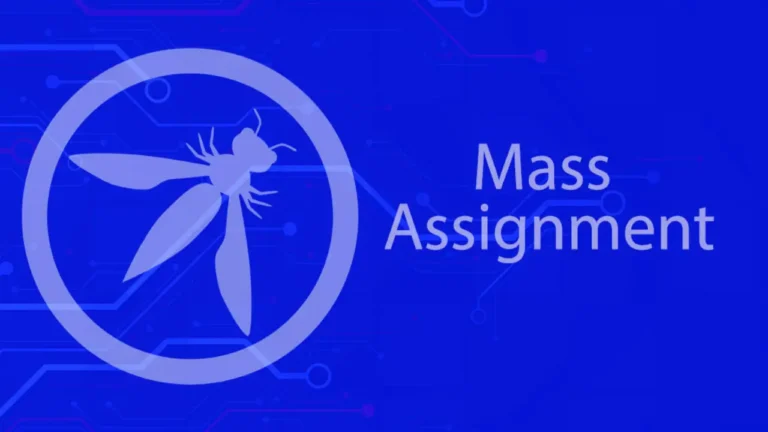Web Cache Poisoning – Manipulating Cache to Serve Malicious Content
Introduction Web caching is a crucial performance optimization technique used by websites to reduce server load and improve response times. However, when improperly configured, caching mechanisms can be exploited to serve malicious content to users—a technique known as web cache poisoning. This attack involves manipulating cached responses to distribute harmful payloads, redirect users to phishing sites,…




